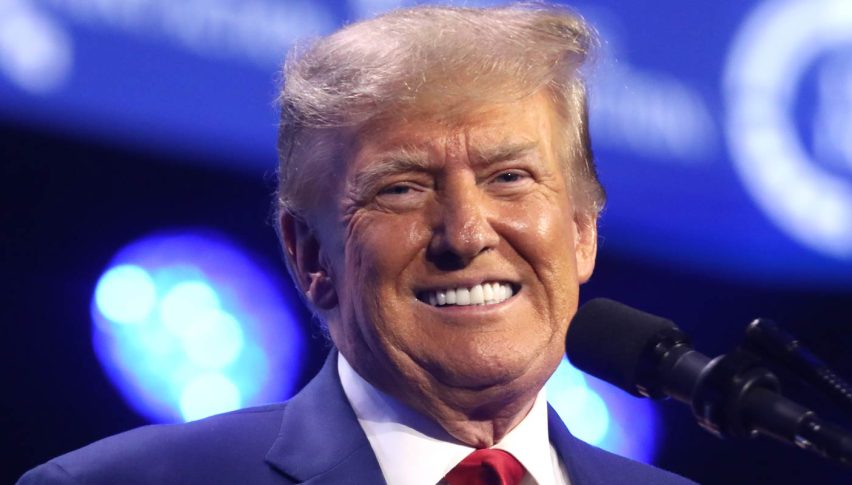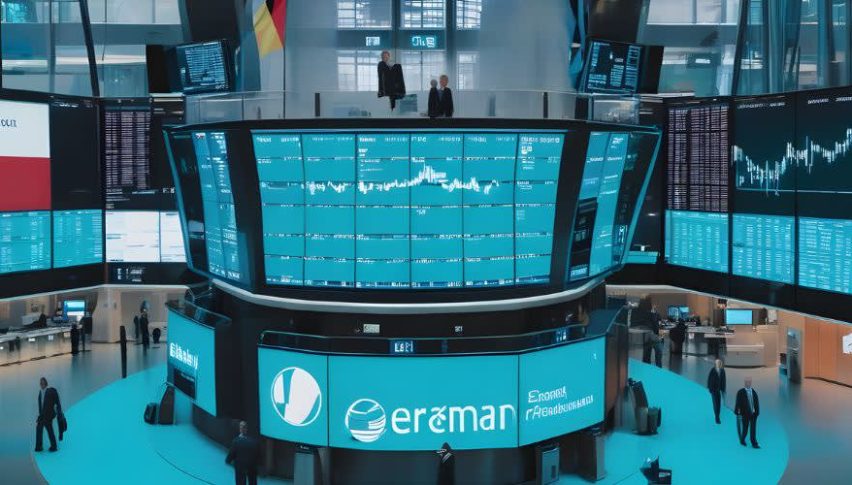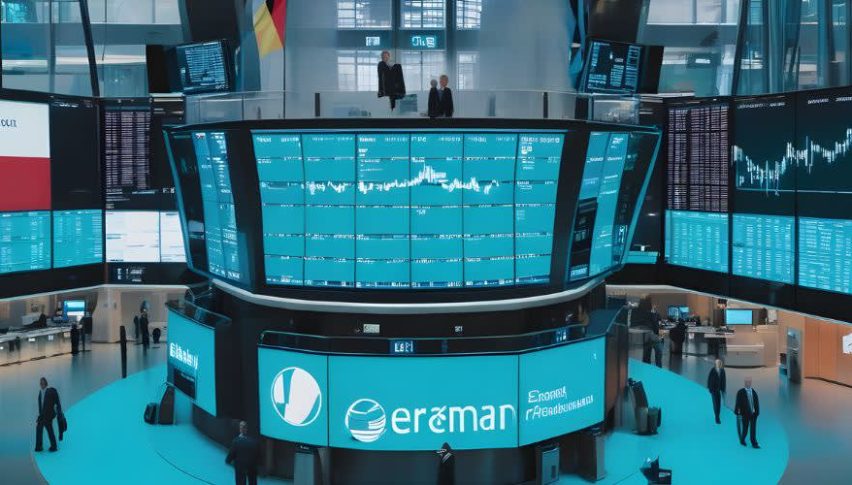U.S. Trading Partners Brace for Severe Tariffs in Second Trump Term
Donald Trump, who has long embraced the title of a “man of tariffs,” secured a resounding electoral victory after a campaign that targeted U.S. trading partners and promised to bolster American manufacturing.

Throughout his campaign, Trump reiterated his intention to impose harsh tariffs on imports, especially from China, and to prioritize U.S. industries over global trade concerns.
The president-elect has threatened to impose tariffs of up to 20% on all imports and as high as 60% on goods from China. These proposed measures are more stringent and expansive than those implemented during his first term, raising concerns among countries that rely heavily on trade with the U.S.
Analysts predict that Trump could use executive powers, such as the International Emergency Economic Powers Act (IEEPA), which allows a U.S. president to respond to economic emergencies, to impose these tariffs soon after taking office on January 20. While some of Trump’s allies suggest that he may use tariffs as a negotiation tool to encourage cooperation on other issues, others warn that he may follow through with his threats, intensifying the risk of global trade friction.
Mexico, the U.S.’s largest trading partner, has been a focal point of Trump’s tariff threats. The president-elect previously vowed to impose tariffs as high as 100%, 200%, or even 1,000% on Chinese cars imported to the U.S. He also recently warned that a 25% tariff could be imposed on Mexican products if President Claudia Sheinbaum does not curb the flow of criminals and drugs crossing the U.S.-Mexico border.
These tariffs could be imposed using executive powers, potentially overriding the USMCA, the trade agreement Trump negotiated with Canada and Mexico during his first term. Sheinbaum attempted to reassure Mexican officials and business leaders, stating that she was “convinced” the relationship with the U.S. would remain strong. However, many fear that Mexico—and investors—are underestimating the risks to the USMCA and the potential volatility of the coming years.
Experts believe that Trump may use these tariff threats as leverage to pressure Mexico into signing a “safe third country” agreement, which would block asylum seekers passing through Mexico from applying for asylum in the U.S., further complicating the trade and immigration landscape between the two countries.








